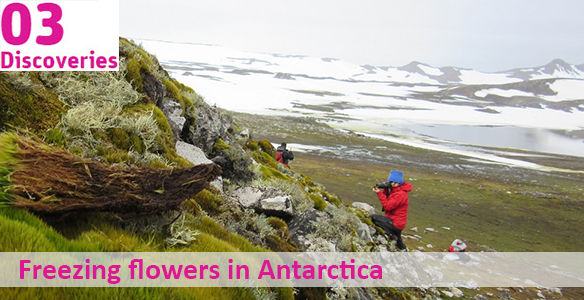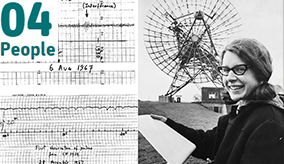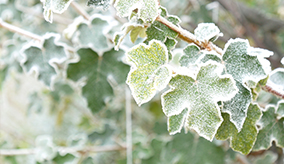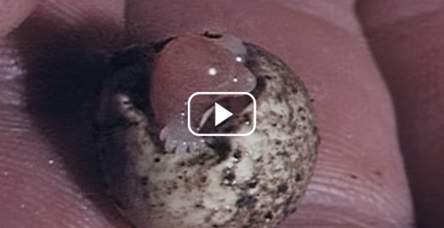02 Research

Recycling the Li-ion’s share
Lithium-ion (Li-ion) batteries are everywhere: our mobile phones, power tools, even in the Mars Curiosity rover! But what happens with all those batteries when they stop working? Every year Australians produce around 3,300 tonnes of Li-ion waste, but despite being full of recoverable material like cobalt, lithium and graphite, only 2 per cent are recycled. It’s time to take charge.












